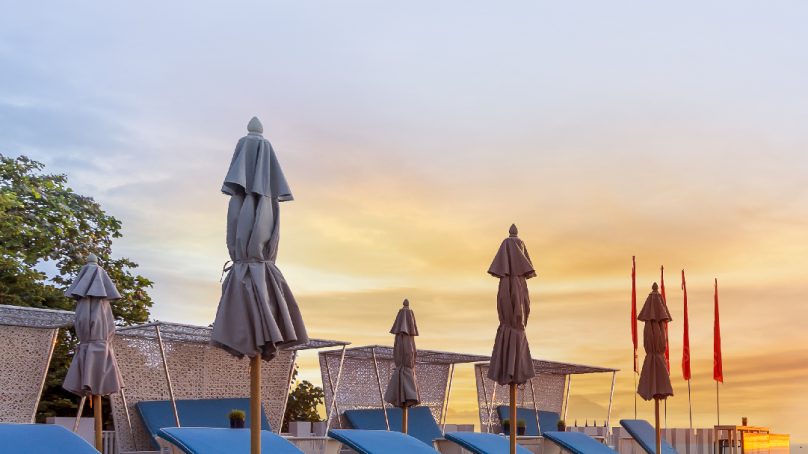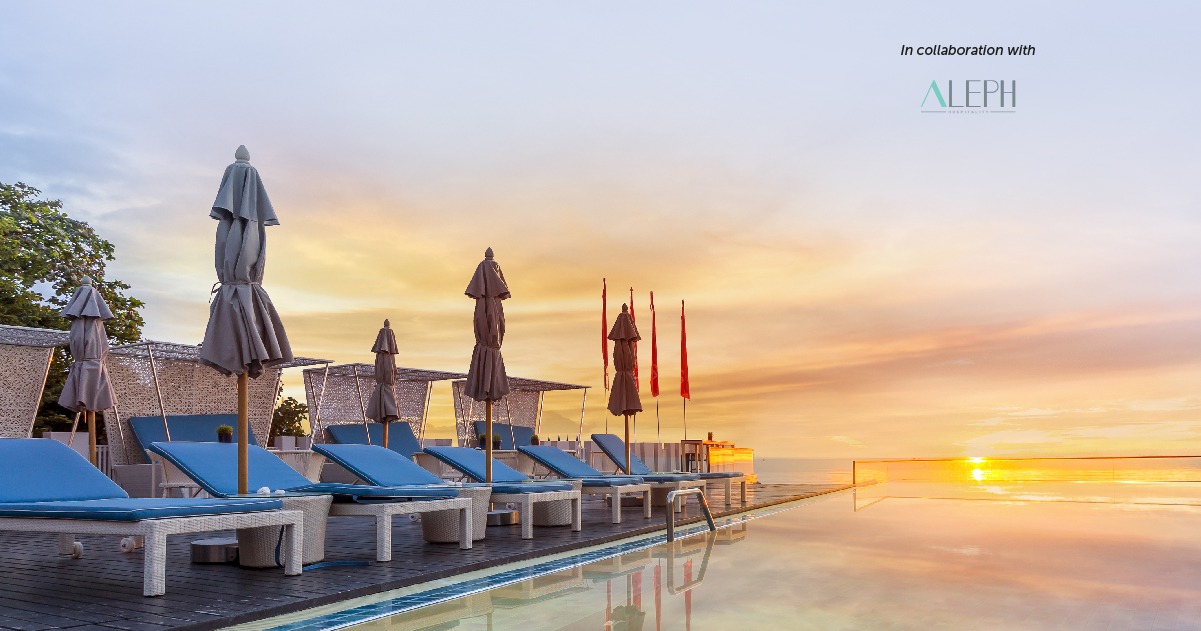

Let’s take an example of a family of three that’s traveling and has a limited budget. If they are to stay in a hotel, they would likely need to share one room and eat out most of the time, since hotel food is normally more expensive. Alternatively, the same family can rent a one-bedroom apartment in a prime location, have all the space they need and a kitchen to cook their own meals. Thanks to some of their travel budget being freed up, they may even extend their stay and spend money at local attractions. Previously, this family may have never considered visiting destinations like Dubai, Doha or Riyadh. However, with alternative accommodation becoming more popular, it is now a viable option.
Busting the myths
It’s a common misconception that alternative accommodation is causing a massive decline in demand for traditional hotels. Extensive studies have concluded that instead, destinations where alternative accommodation is offered and where platforms like Airbnb and HomeAway are operational have seen an increase in arrivals, and these offerings have actually opened up a whole new market and boosted tourism. In the Middle East, this increase in alternative accommodation is absolutely the best thing to happen – boosting tourism and unlocking destinations to new types of travelers. Simultaneously, traditional hotels continue to perform well and have kept their clientele. Eventually, with ever-evolving guest expectations, more and more hotel companies are being forced to reengineer products to not only suit a new generation of travelers but also respect the cultural shift in the way people consume, which is why meticulous customer segmentation is so important today.
What’s new?
The region has witnessed a growing number of alternative accommodation types, some of which are listed below.
Hostels
What was once considered a backpacker’s favorite has now become a highly soughtafter type of accommodation, even for those who’ve never dared share a room with a stranger.
Aparthotels
The desire to stay within their social bubble and take advantage of self-catering facilities has driven many travelers to aparthotel accommodation. Consumers have been won over by the true home-away-from home experience. According to research, while serviced apartments have been generally successful at capturing a greater degree of short-term leisure demand over recent years, the core guest segment continues to be corporate long stays. Several companies catering to this segment have been launched across the region, including MABAAT HOMES, a Saudi homegrown company that was launched in 2019. The company’s digital platform onboards properties and manages them on behalf of owners, with offerings ranging from mid- to high-end private homes and compounds distributed throughout key markets in the kingdom. It currently has over 300 units and is likely to double this number over the coming year.
Converted properties
This recent trend turns heritage houses and buildings, as well as regular apartments and residences, into accommodation units for short and long stays in the region. Capitalizing on the buildings’ charm, architecture, location and facilities, the emphasis here is on personalized service. Many owners of apartment or villas in the Middle East have converted their units into tourist or extended-stay accommodation, providing options to a segment of traveler wishing to enjoy a little escapism.
Tents and camps
Individual tents can host two to five people, whereas mess tents can accommodate up to 30. These tents are used as alternatives to traditional hotels in seasonal destinations, namely on the beach or in the mountains. Some of these camping and glamping sites can be found in destinations such as Ras Al Khaimah (UAE), Al Ula (KSA) and Petra (Jordan). This type of accommodation also features tented kitchens and bathrooms. Furnishings vary from very basic ground sheets and carry mats to luxurious tents with double beds, bathtubs, cozy chairs and sun loungers on private terraces. Camps can also be constructed in special locations that are considered holiday destinations, using simple linear design and locally sourced materials. Communal toilets and kitchens are also often part of the offering. The beauty of such facilities is that if the destination does not create enough demand to sustain the business, you can simply move it to a new destination.














